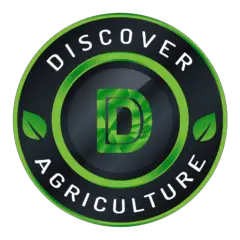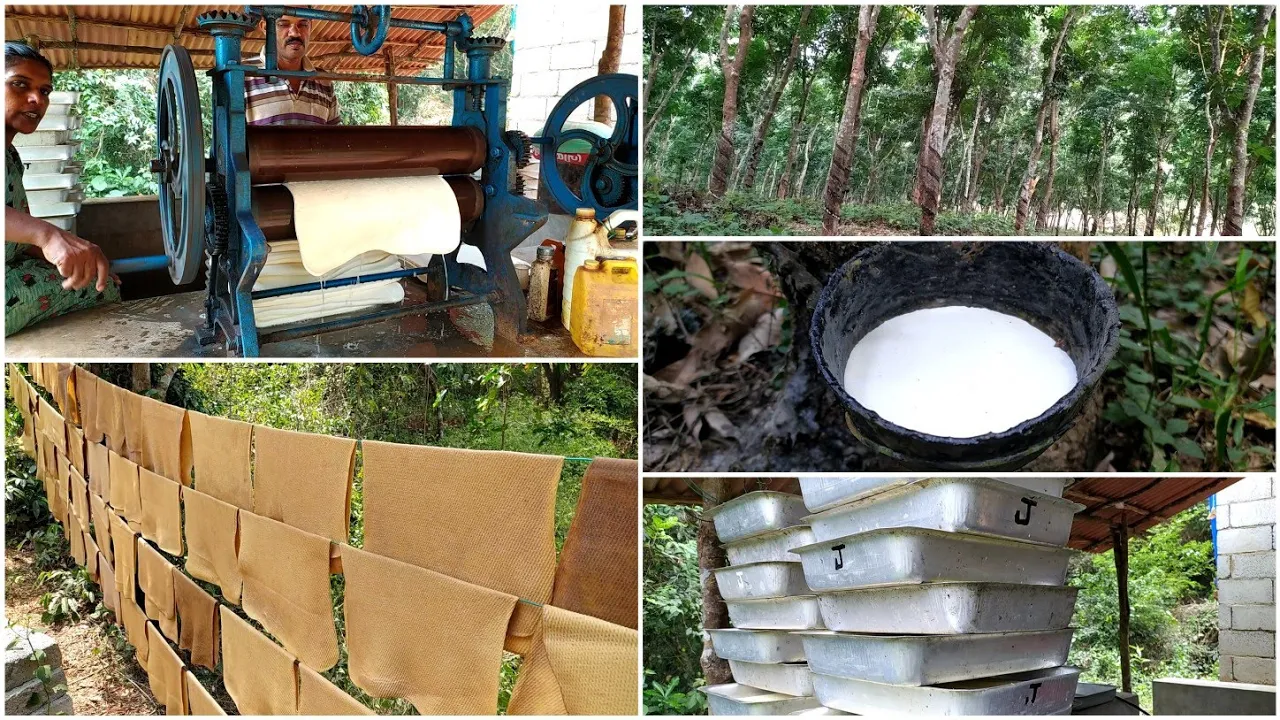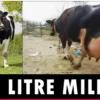Introduction:
Natural rubber is a fascinating material that plays a significant role in various industries, from automotive to fashion. Have you ever wondered how this versatile substance is made from trees? In this article, we will take a journey through the rubber harvesting and processing methods, with a focus on the rubber tapping technique.
The Natural Rubber Journey: From Trees to Tires
1. The Rubber Tree: Nature’s Rubber Factory
At the heart of the natural rubber production process is the rubber tree, scientifically known as Hevea brasiliensis. These trees are native to the Amazon rainforest but are now cultivated in various tropical regions around the world. Their latex, a milky substance, contains the raw material for natural rubber.
2. Rubber Harvesting: Tapping into Latex Reservoirs
Rubber harvesting begins with a careful process called rubber tapping. Skilled tappers make incisions in the bark of the rubber tree to access the latex reservoirs beneath. This process requires precision to ensure a steady supply of latex without harming the tree. Tappers often use a specific tapping pattern to optimize latex yield while maintaining tree health.
3. The Latex Collection Process
Once the latex is collected, it’s a milky fluid containing water, rubber particles, and other components. It’s then gathered in cups and left to coagulate. Coagulation transforms the fluid latex into a more solid state, making it easier to handle.

4. From Latex to Rubber Sheets
After coagulation, the rubber is rolled into sheets. These sheets undergo a series of washing and cleaning processes to remove impurities, like dirt and bark residues. The cleaned rubber sheets are then dried, typically through sun drying, reducing the moisture content to a suitable level for storage and transportation.
5. Processing and Vulcanization
To make the rubber suitable for various applications, it undergoes further processing. During this phase, the rubber is mixed with additives like sulfur, accelerators, and antioxidants to enhance its properties. The mixture is then shaped into different forms, such as sheets or pellets, ready for the next step: vulcanization.
Vulcanization is a crucial process where the rubber is heated while being treated with sulfur. This process imparts durability, strength, and elasticity to the rubber, making it suitable for products like tires, shoes, and industrial equipment.
6. End Products: Rubber in Everyday Life
The journey of natural rubber concludes with its transformation into a wide range of products. From car tires that provide traction on the road to rubber bands that hold things together, this versatile material touches our lives in numerous ways.
Conclusion
Understanding the process of how natural rubber is made from trees provides a deeper appreciation for the products we encounter daily. From the careful tapping of rubber trees to the meticulous processing that turns latex into usable rubber, each step contributes to the versatility and resilience of this incredible material. Whether you’re driving on rubber tires or using rubber-based products, you’re connected to the remarkable journey of natural rubber.
Also, View: Simple Integrated Goat and Chicken Farm | Amazing Integrated Goat and Poultry Farm Design




Nice post